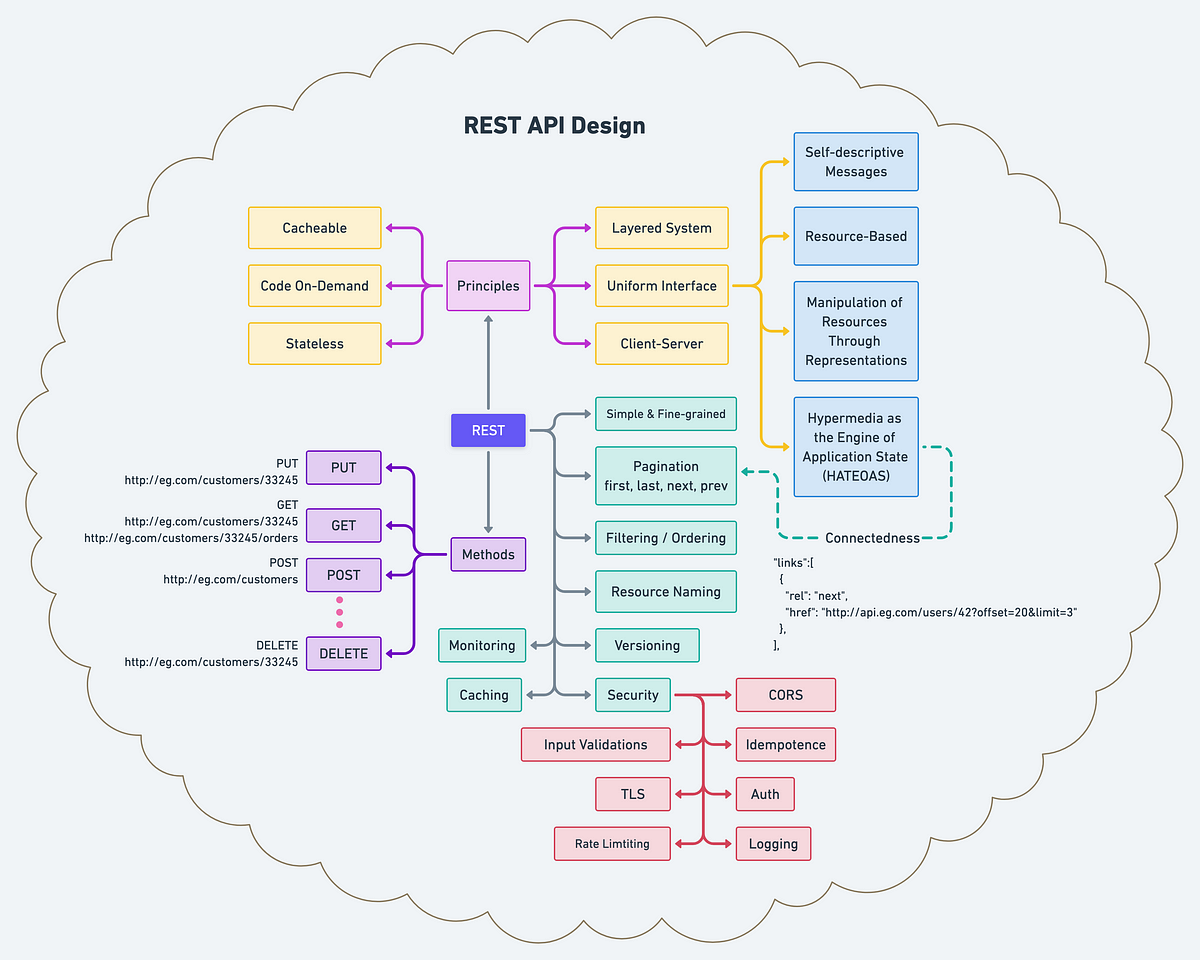- Let's make Cloud ☁️
- Posts
- Let's make Cloud #24: Managing Google Cloud resources with Kubernetes, Amazon Image Builder Cascading Pipelines, principles & best practices of REST API design
Let's make Cloud #24: Managing Google Cloud resources with Kubernetes, Amazon Image Builder Cascading Pipelines, principles & best practices of REST API design
Managing Google Cloud resources with Kubernetes, Amazon Image Builder Cascading Pipelines, principles & best practices of REST API design
Hello CloudMakers!
Today we shall see:
managing Google Cloud resources with Kubernetes
Amazon Image Builder Cascading Pipelines
principles & best practices of REST API design
Enjoy!

Are Terraform’s days numbered?
Well, the author poses a bomb-shell question: could Terraform's days be numbered? With its widespread use in orchestrating infrastructure in public cloud environments, it's a bold thought. Terraform defines infrastructure using declarative code and state, but nowadays Kubernetes is the dominant container orchestration tool, and it uses declarative YAML manifests. Introducing Config Connector, an add-on to Kubernetes that enables managing Google Cloud resources using CRDs, the author sets out on an experiment to see if Kubernetes and Config Connector could potentially replace Terraform for managing a Google Cloud landing zone.

Implementing up-to-date images with automated EC2 Image Builder pipelines
Amazon EC2 Image Builder is a service that makes creating and deploying customized virtual machine (VM) and container images on AWS or on-premises super easy.
This post is going to show you how you can automatically keep your base or standard images current with the latest patches and other changes using the Dependency update feature of Image Builder pipelines. Plus, it'll also demonstrate how you can keep workload-specific images up-to-date using Cascading Pipelines, a nifty feature of EC2 Image Builder.

Principles & best practices of REST API Design
This article is not new, but I think it’s worth a read. If you're looking to create RESTful Web services that are reliable and consistent across different service suites, then this best-practices article is just for you! By following these guidelines, you can position your services for rapid adoption by both internal and external clients. And to make it even easier, it includes a complete diagram that will help you easily understand REST API's principles, methods, and best practices. It's not only informative, but also visually appealing, making it a pleasure to learn from!

Thank you for reading my newsletter!
If you liked it, please invite your friends to subscribe!
If you were forwarded this newsletter and liked it, you can subscribe for free here:
Have you read an article you liked and want to share it? Send it to me and you might see it published in this newsletter!
Interested in old issues? You can find them here!


